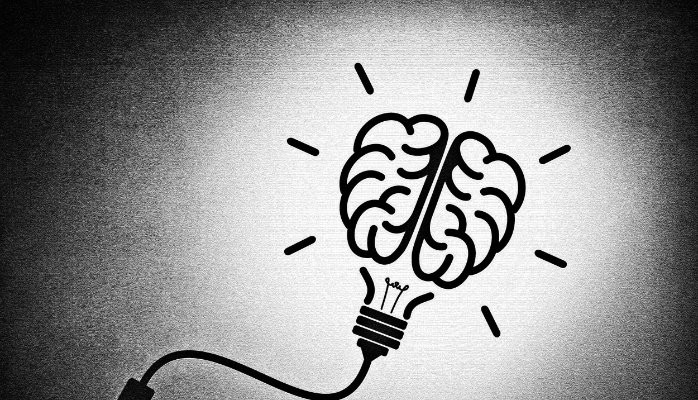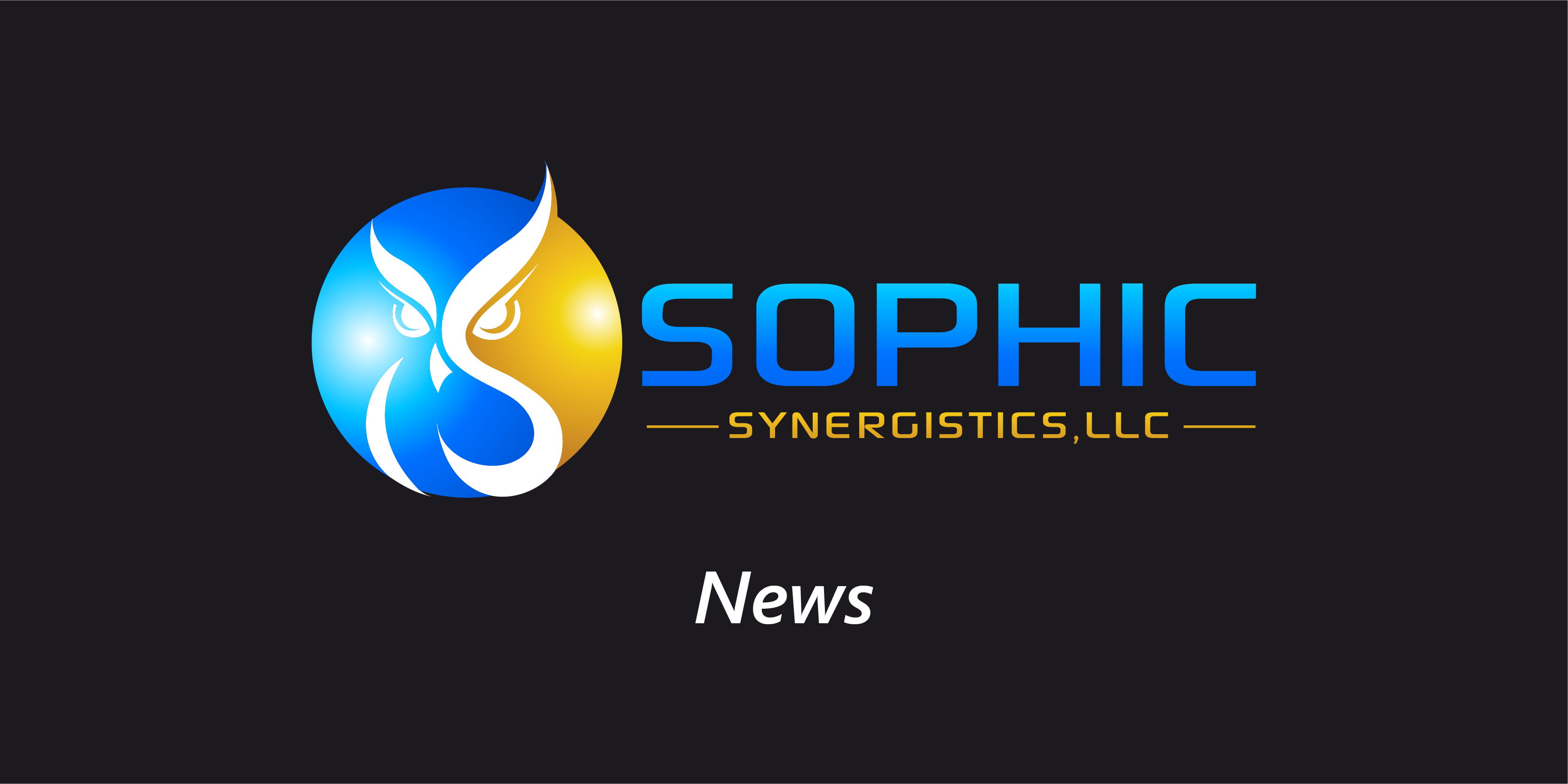In a decade in which “innovation” is a popular buzzword, our culture tends to use this term to measure success. It’s often made an organizational goal.
What we sometimes misunderstand is that a focus on being innovative doesn’t directly translate to product, process or service success. Similarly, an innovative idea doesn’t automatically equal a profitable product or one that makes an impact. This is why several great ideas or seemingly innovative products fail.
How do things become innovative?
It’s not a naturally occurring state, and it requires the interaction of several conditions. However, everyone has the ability to be innovative if the right conditions exist. One of the primary components of innovation is the human. It is a misnomer that a company leads a market because they are innovative. They lead because they focus on the human user, their needs, and the interactive experience effectively. That means that innovation is not the condition or catalyst, but rather it is the end state realized when the human element is effectively considered as part of the process. This is referred to as user experience (UX) focus and design. Depending on the application, user experience design incorporates elements of several domains: Human Factors Engineering, Ergonomics, Cognitive Psychology, Industrial Engineering, Organizational Psychology, Human Computer Interaction, and Usability.






